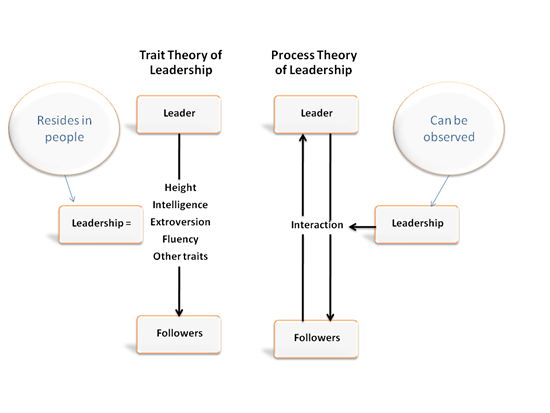

Leaders
You must have an honest understanding of who you are, what you know, and what you can do. Also, note that it is the followers, not the leader or someone else who determines if the leader is successful. If they do not trust or lack confidence in their leader, then they will be uninspired. To be successful you have to convince your followers, not yourself or your superiors, that you are worthy of being followed.
Followers
Different people require different styles of leadership. For example, a new hire requires more supervision than an experienced employee. A person who lacks motivation requires a different approach than one with a high degree of motivation. You must know your people! The fundamental starting point is having a good understanding of human nature, such as needs, emotions, and motivation. You must come to know your employees' be, know, and do attributes.
Communication
You lead through two-way communication. Much of it is nonverbal. For instance, when you "set the example," that communicates to your people that you would not ask them to perform anything that you would not be willing to do. What and how you communicate either builds or harms the relationship between you and your employees.
Situation
All situations are different. What you do in one situation will not always work in another. You must use your judgment to decide the best course of action and the leadership style needed for each situation. For example, you may need to confront an employee for inappropriate behavior, but if the confrontation is too late or too early, too harsh or too weak, then the results may prove ineffective.
Various forces will affect these four factors. Examples of forces are your relationship with your seniors, the skill of your followers, the informal leaders within your organization, and how your organization is organized.
A leader must BE KNOW DO
What they are (BE) -- Know who they are themselves, if they can't even lead themselves, how can they lead others?
What they know (KNOW) -- Whether if they know what are they doing, lead requires some base knowledge.
What they do (DO) -- Must take action, don't just talk. Actions always speak louder than words.
Sources : http://www.nwlink.com/~donclark/leader/leadcon.html
I believe that a good leader will pull its team of loyal followers and lead them in a calm and relaxing manner out of the crisis under stressful situations.
No comments:
Post a Comment